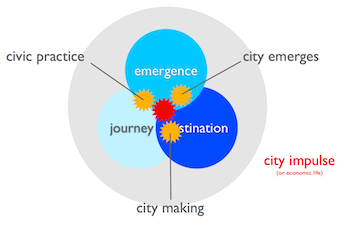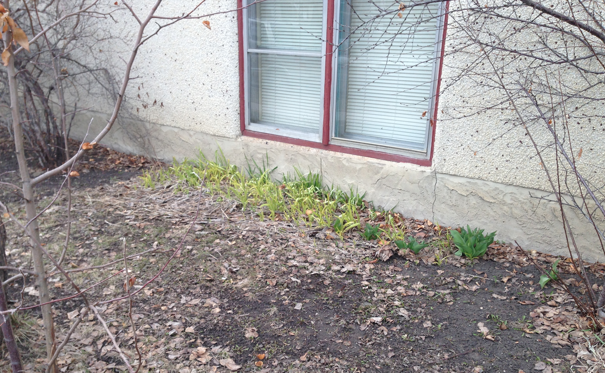A real, live magic-wand-toting fairy godmother came up the escalator at the Edmonton International Airport on Thursday, her slightly chubby body in a sparkly, puffy, baby-blue bustier dress. I was startled when I saw her face under the large bouffant blond wig – I expected her to be 28, not 68.
My surprise took me by surprise. Why on earth would I imagine a fairy godmother as 28? I tried to think of the images I have in mind, from childhood, and all I could come up with were mostly frumpy looking, heavy old women. I searched images on the internet and realized that…
My fairy godmother was wearing Cinderella’s dress!
As I explore my response to this, I see that her age isn’t what bothers me, for most fairy godmothers are older, but that she was wearing Cinderella’s costume. It was as though Cinderella was 40 years older, adamantly reliving that wonderful night with blond hair that screamed bad wig and squeezing into the magic dress. After many good deeds, she has been granted a wand of her own to pay her godmotherliness forward. She is out in the world following her passion, doing good work.
Does it really matter what she looks like?
That bias is my own. I can choose to feel betrayed by a much older woman who has taken Cinderella’s part, or I can choose to be amazed by her persistence to live the Cinderella dream. I alone let what other look like change what I think of them, and I have to keep an eye on that, notice my bias and how it colours how I see others around me.
What I learned: Notice what surprises you and learn a lot about yourself. You reveal your bias.
What surprised you today, and what made it surprising?
_____ _____ _____
This post is part of Chapter 9 – Be the Best Citizen You Can Be. Here are some plot helpers of Nest City: The Human Drive to Thrive in Cities, the book I am sharing here while I search for a publisher:
- My decision to share the book while I am working on it
- The overall structure of Nest City’s three parts
- A summary of Part 1 – City Patterns, Concluding City Patterns
- A summary of Part 2 – Organizing for Emergence, Focus, learn and Emerge
- The plot for Part 3 – City Nestworks
_____ _____ _____

